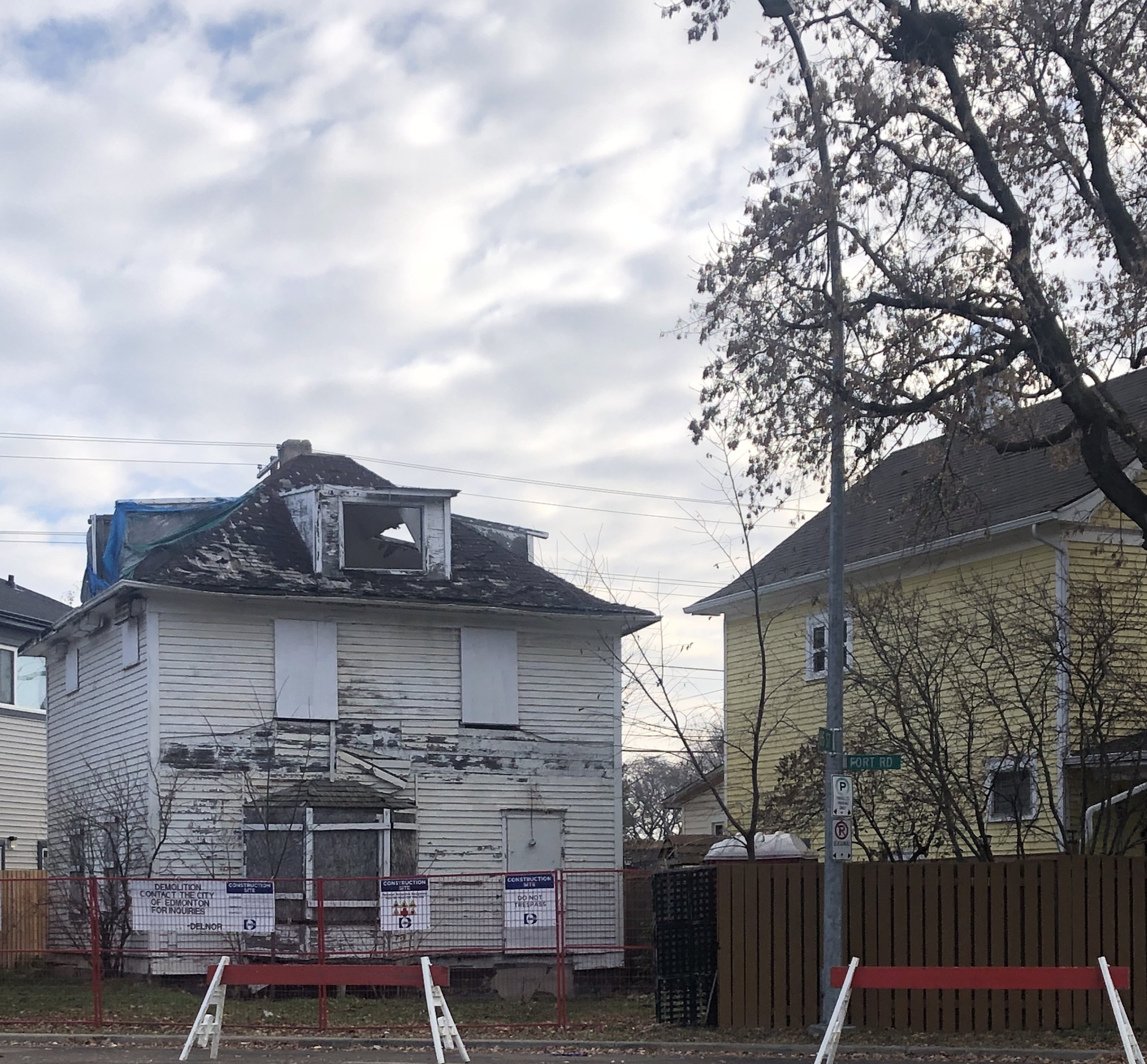City Council approves increased taxes for derelict properties
Edmonton’s City Council has approved a new tax subclass that will focus on properties assessed as being derelict, including those that are unlivable, dilapidated, falling into significant disrepair, or showing other serious signs of neglect, according to a municipal news release.
Announced on October 4, the new tax subclass is specific to “mature areas” in the city and is part of a larger effort intended to “combat problem properties and encourage community vibrancy.”
The city will identify derelict properties during the annual property assessment process starting this fall. The assessments are focused on properties that are “deserted or abandoned, partially or fully boarded up or secured, found to be unfit for habitation, or abandoned partway through construction or demolition,” according to the city’s website. Owners will receive the final outcome of the assessment on their 2024 assessment notice in January. Those with properties that have been determined as being derelict will be taxed at the new higher rate.
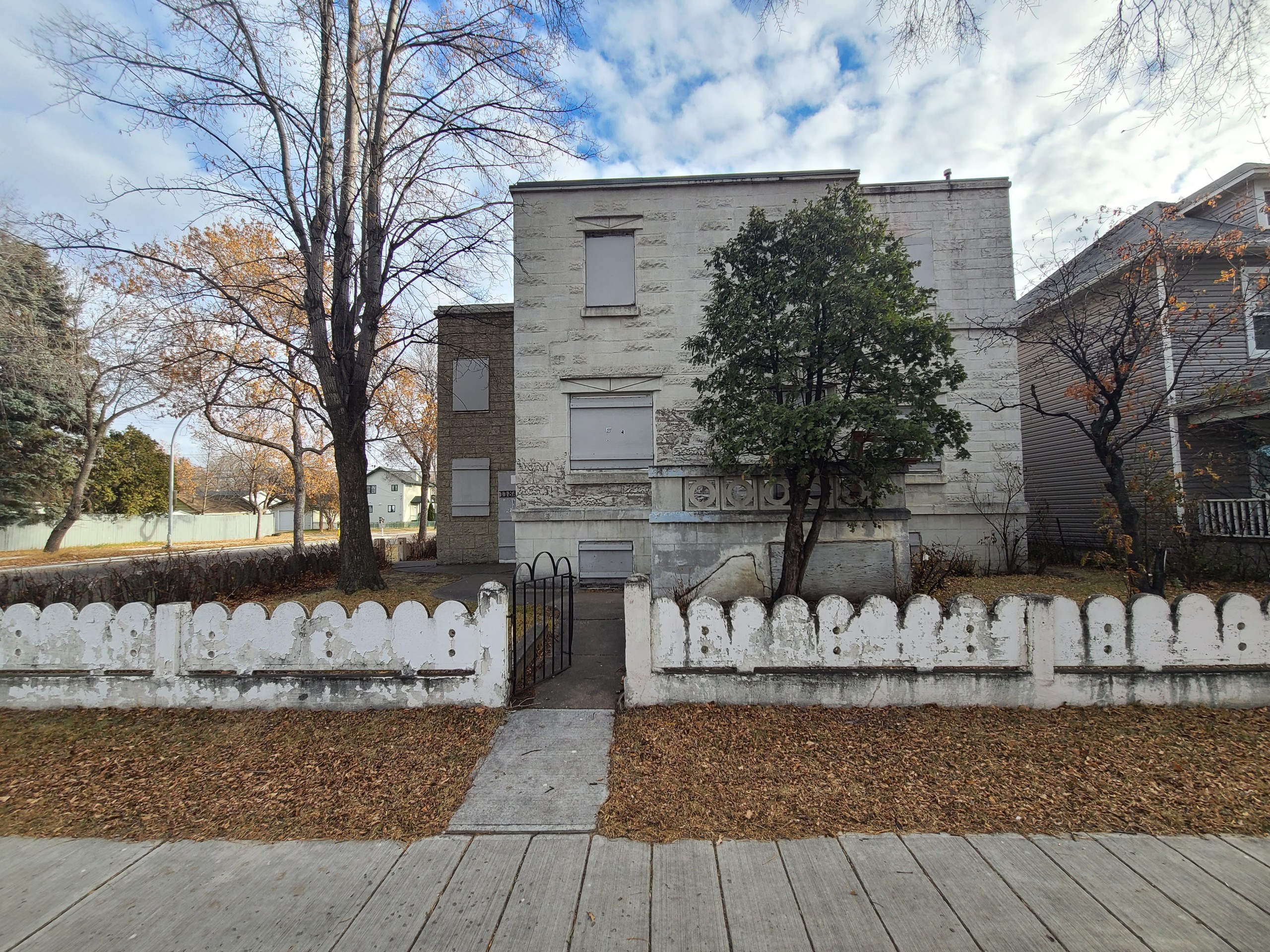
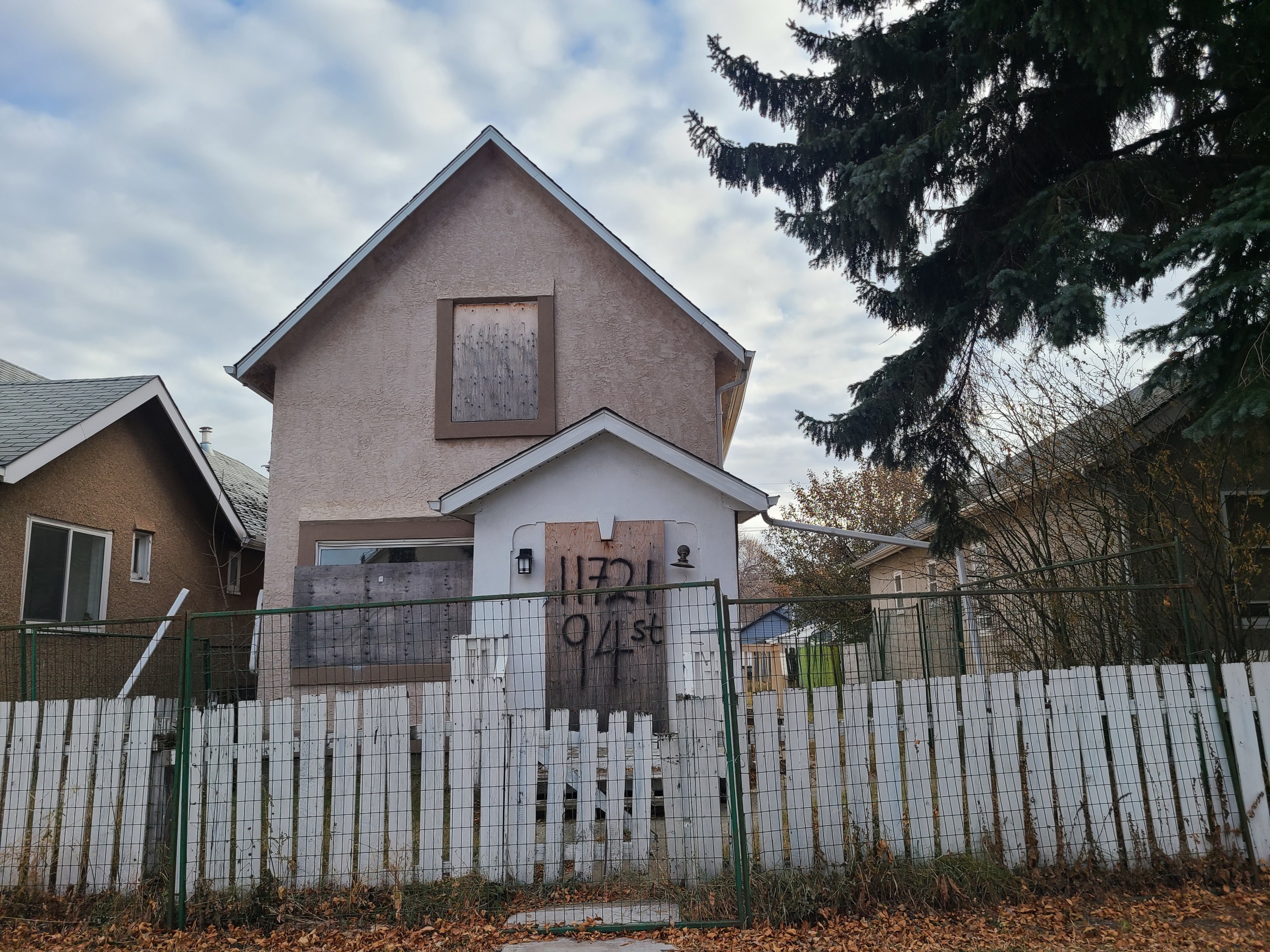
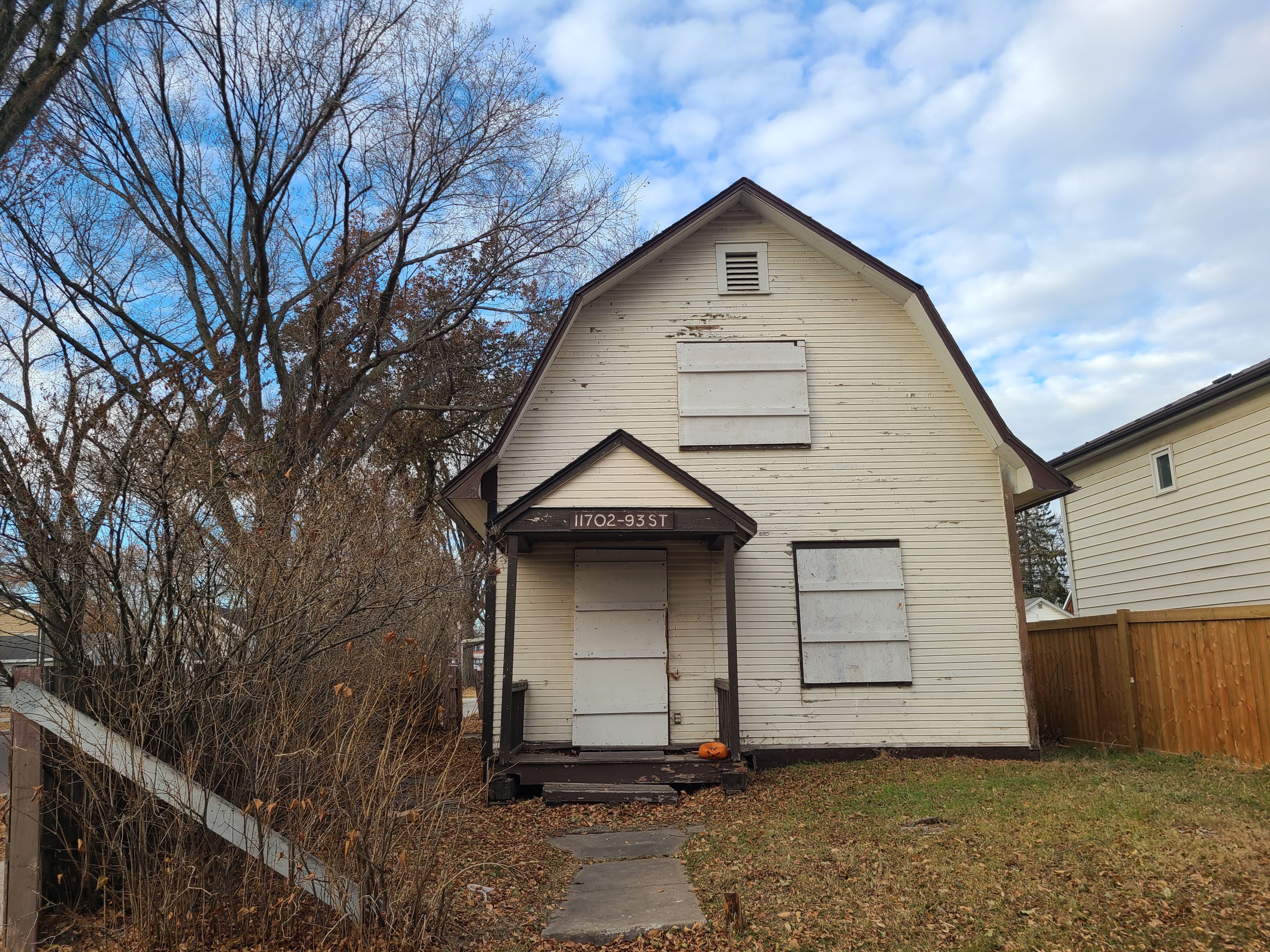
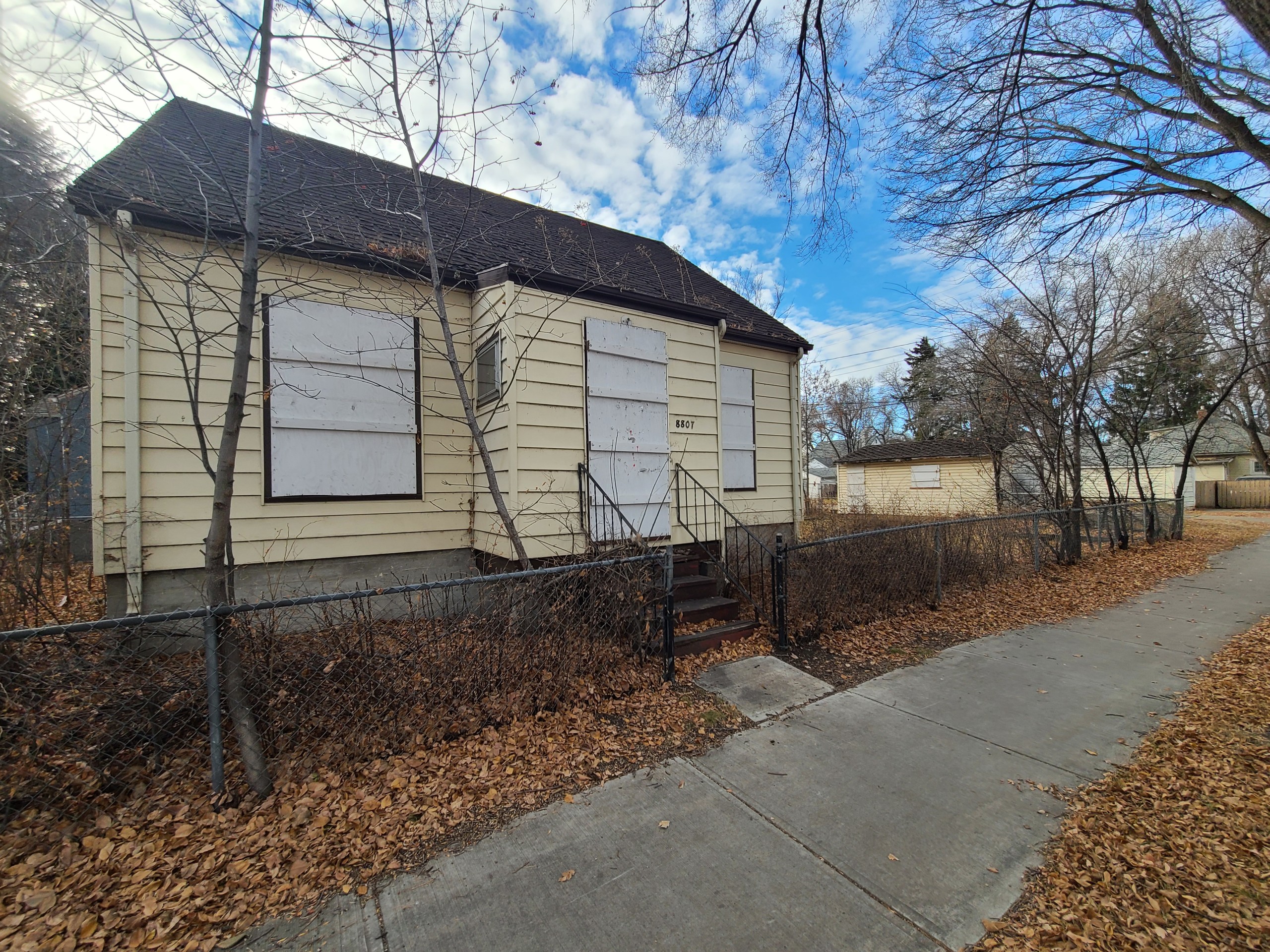
“The derelict tax subclass is a new tool in the city’s toolbox for addressing the harmful impact that derelict and problem residential properties can have,” says Cate Watt, Branch Manager, Assessment and Taxation at the City of Edmonton. “Managing derelict properties often comes with additional costs to the city and a higher tax rate will help to cover those costs, while encouraging property owners to clean up derelict houses. We hope this will play a role in improving the vibrancy of mature neighbourhoods in the long run.”
The city does note that, while some problem residential properties can at times also be considered derelict, the two terms are not interchangeable when it comes to the new tax subclass.
The city’s news release explains that derelict and problem residential properties are defined differently. While assessments for derelict properties focus on the physical condition of the home on the property, problem properties are determined by potential social or safety issues connected to a property, like public health risks or being a location of repeated criminal activity. This means not all problem properties will be considered as derelict, and vice versa.
City reports claim that a case study conducted from 2017 to 2020 estimated $1.3 million in municipal costs from a combination of bylaw inspections, enforcement, fire inspections and suppression, safety inspections, and police inspections and responses, all stemming from 31 problem properties. Since many of these problem properties were also considered derelict, the city adds that the latter contributed considerably to the overall costs incurred.
The city is currently assessing an estimated 300 properties as potentially derelict. In the meantime, it encourages residents to call 311 or use the Report a Problem Property form on the city’s website for any concerns related to problem properties.
Learn more about the new tax at edmonton.ca/DerelictSubclass.
Learn about Edmonton’s Problem Property Initiative in an online article at ratcreek.org and at edmonton.ca/ProblemProperties
